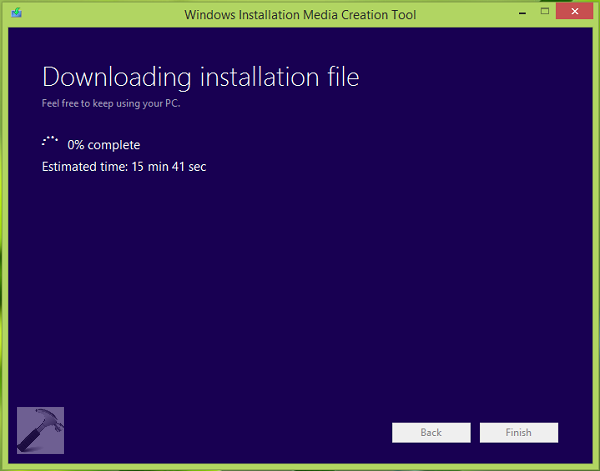


Display resolution: High definition (720p) display greater than 9-inch diagonally, 8 bits per color channel.Graphics: Compatible with DirectX 12 or later with WDDM 2.0 driver.TPM: Trusted Platform Module (TPM) version 2.0.Firmware: UEFI with Secure Boot capable.CPU: 1GHz or faster or System on a Chip (SoC) with two cores minimum.Here are the minimum requirements to install Windows 11: Microsoft has increased the minimum hardware requirements to ensure security, performance, and stability.

If your computer uses Windows 10, you can't assume it'll run Windows 11. Windows 11 is based on Windows 10, which means that virtually any driver designed for the latest version of Windows 10 should be theoretically compatible with Windows 11. Here's a list of websites from the most popular manufacturers to download the latest device drivers. You can use our guide to install device drivers on Windows 11. Usually, this is not an issue with branded devices (Dell, HP, etc.), but this could be a problem for custom builds. (Although it's not official, you should be able to activate a new installation with a Windows 11, 10, 8.1, or 7 product key.)Īlthough Windows 11 does a good job detecting and installing device drivers automatically, it's a good idea to download the essential and rare ones before the process (for instance, Ethernet, Wi-Fi, and graphics) as a precaution if the installation fails to add these drivers correctly. When setting up a new computer that never had any version of Windows, you will have to purchase a valid license from the Microsoft Store (opens in new tab), Amazon, or another retailer. Microsoft does not support the upgrade path from Windows 8.1 (or even Windows 7), but you can still install Windows 11 if the computer meets the minimum hardware requirements. Once you complete the steps, Windows 11 will reactivate automatically.

$333.99 (opens in new tab) at Target (opens in new tab)


 0 kommentar(er)
0 kommentar(er)
